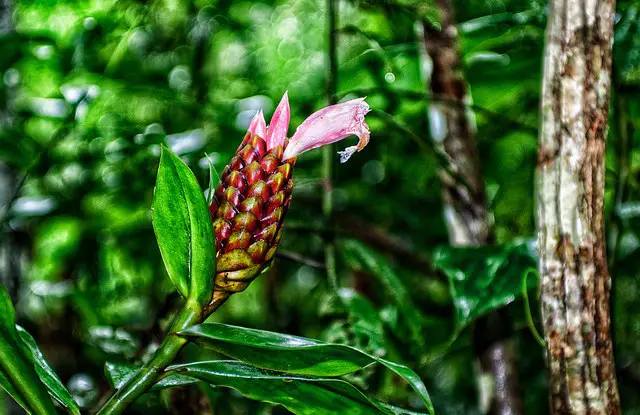The recovery of natural vegetation in different parts of Costa Rica, allowed many of the biological corridors to improve their structural connectivity, according to a study carried out by the National University (UNA). However, there are still shortcomings that threaten the preservation of famous species such as the jaguar (Panthera onca), which is vital in the face of the challenges of climate change.
Currently, the improvement of these spaces created especially for the fauna, allow to maintain viable populations of frog (Pecari tajacu) and tapir (Tapirus bairdii). But are not viable for populations of jaguars (Panthera onca) or bush pigs (Tayassu pecari), that is, they do not have the appropriate size for true habitat connectivity, determined the study.
Connecting natural areas

A biological corridor is a route designed to connect natural areas that share similar environmental characteristics, with the aim of preserving biodiversity, preventing habitat fragmentation and favoring the migration of populations of flora and fauna.
UNA researchers have been evaluating the effectiveness of biological corridors since 1990, when the country used this strategy to promote connectivity between species. Today, 44 corridors of this type cover 38% of the national territory, however, to date, there was no study to determine their potential effectiveness in processes related to connectivity and fragmentation.
The researchers used the basis of the National Program of Biological Corridors together with a coverage analysis of Landsat images from the period 2000 to 2015. The composition was determined on a landscape scale and is related to the potential to maintain a specific population of mammals weighing more than 10 kilograms.
Payment Program for Environmental Services
“A determining factor in the improvement of the vegetation cover was the Payment Program for Environmental Services, which between 2011 and 2015 assigned 52% of its resources to encourage the retention and restoration of forests in these areas, however, it is not they considered critical factors for the restoration of natural cover such as size and distance between natural patches ”, the study mentions.
Faced with climate change, the location of biological corridors in relation to the evaluation ranges, act as a climatic refuge, and is a key aspect for adaptation to this problem, however, this has not been a key element to determine their establishment.
The research was carried out by academics Carlos Morera and Luis Sandoval from the School of Geographical Sciences (ECG-UNA) and Luis Diego Alfaro, from the International Institute for Conservation and Management of Wildlife (Icomvis-UNA).

